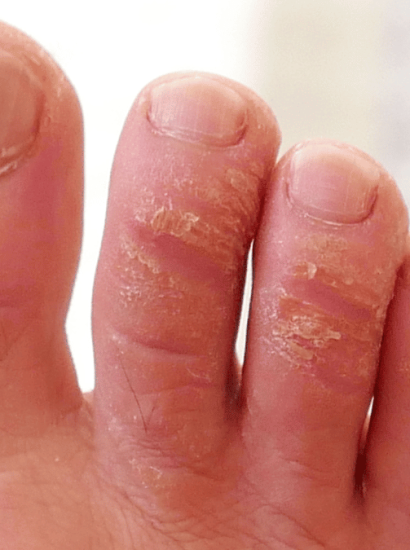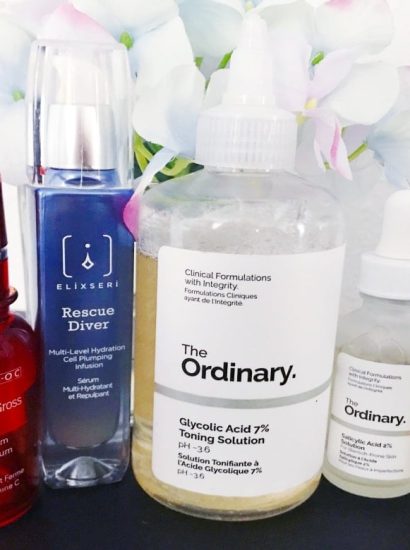Combination skin is one of the most common yet challenging skin types to manage. It features both oily and dry areas, making it tricky to find the right skincare routine. If you struggle with excess oil in some areas and dryness in others, you likely have combination skin.In this article, we will explore the challenges of combination skin, why it happens, and how to effectively care for it. We will also provide product recommendations, expert tips, and a step-by-step skincare routine to help you achieve a balanced complexion.
What is Combination Skin?
Combination skin is characterized by having both oily and dry areas on the face. Typically, the T-zone (forehead, nose, and chin) is oilier due to excess sebum production, while the cheeks and jawline may be dry or normal.
Signs of Combination Skin
- Oily T-zone but dry or normal cheeks
- Enlarged pores in the oily areas
- Prone to breakouts and blackheads in the T-zone
- Flaky or tight skin on the cheeks
- Makeup wears off unevenly due to different skin textures
Causes of Combination Skin
Understanding the causes of combination skin can help you manage it more effectively. Some of the most common reasons include:
Genetics
Your skin type is largely determined by genetics. If your parents have combination skin, you are more likely to inherit it.
Hormonal Changes
Hormonal fluctuations, especially during puberty, menstruation, pregnancy, or menopause, can lead to excess oil production in some areas and dryness in others.
Climate and Environment
Weather changes can impact your skin. Humid conditions can make your T-zone oilier, while cold weather may dry out the cheeks.
Incorrect Skincare Products
Using products that are too harsh or too hydrating can disrupt the skin’s balance, making combination skin worse.
Diet and Lifestyle
A poor diet, stress, and lack of hydration can contribute to imbalanced skin.
How to Care for Combination Skin
Taking care of combination skin requires a balanced approach. Here are some essential tips and a step-by-step skincare routine.
Use a Gentle Cleanser
Opt for a mild, sulfate-free cleanser that removes excess oil without over-drying the skin. Gel or foam cleansers with ingredients like niacinamide or green tea work well.
Exfoliate Regularly
Exfoliation helps remove dead skin cells and unclog pores. Use a chemical exfoliant with BHA (salicylic acid) for oily areas and AHA (glycolic acid) for dry areas. Limit exfoliation to 2-3 times a week.
Hydrate Without Clogging Pores
Use an oil-free, lightweight moisturizer. Gel-based moisturizers with hyaluronic acid can hydrate dry areas without making oily areas greasy.
Apply Targeted Treatments
Use different treatments for different areas of your face. For instance, a mattifying serum for the T-zone and a hydrating serum for dry areas.
Choose the Right Sunscreen
Sunscreen is crucial for all skin types. Opt for a lightweight, non-comedogenic sunscreen with SPF 30 or higher.
Use a Balancing Toner
A toner with witch hazel, rose water, or niacinamide can help balance oil production and hydrate the skin.
Adjust Skincare Based on Seasons
In summer, use oil-controlling products; in winter, focus on hydration.
Stay Hydrated and Eat a Balanced Diet
Drink plenty of water and eat foods rich in antioxidants, vitamins, and healthy fats.
Recommended Skincare Routine for Combination Skin
Morning Routine:
Cleanser:
Gel or foam-based cleanser
Toner:
Alcohol-free toner with niacinamide
Serum:
Vitamin C serum for brightness
Moisturizer:
Lightweight gel moisturizer
Sunscreen:
Oil-free SPF 30+ sunscreen
Night Routine:
Cleanser:
Mild cleanser to remove dirt and oil
Exfoliation (2-3 times a week):
BHA for oily areas, AHA for dry areas
Toner:
Hydrating or balancing toner
Serum:
Hyaluronic acid for dry areas, salicylic acid for oily areas
Moisturizer:
Oil-free night cream
Best Skincare Products for Combination Skin
Here are some highly recommended products:
Cleansers:
- CeraVe Foaming Facial Cleanser
- La Roche-Posay Toleriane Purifying Cleanser
Toners:
- Thayers Witch Hazel Toner
- The Ordinary Glycolic Acid Toner
Moisturizers:
- Neutrogena Hydro Boost Gel Cream
- Clinique Dramatically Different Moisturizing Gel
Sunscreens:
- EltaMD UV Clear Broad-Spectrum SPF 46
- La Roche-Posay Anthelios SPF 50
Serums:
- The Ordinary Niacinamide 10% + Zinc 1%
- Paula’s Choice BHA Liquid Exfoliant
Common Mistakes to Avoid
Skipping moisturizer:
Even oily areas need hydration.
Over-exfoliating:
Can cause irritation and worsen skin imbalance.
Using harsh cleansers:
Stripping the skin can lead to increased oil production.
Neglecting sunscreen:
UV damage can worsen skin concerns.
Conclusion
Combination skin requires a tailored approach with gentle, balancing products. By following the right skincare routine, choosing suitable products, and maintaining a healthy lifestyle, you can achieve a more even and healthy complexion.
FAQs
How do I know if I have combination skin?
If you notice oiliness in your T-zone but dryness or normal skin on your cheeks, you likely have combination skin.
Can I use two different moisturizers for different areas?
Yes, using a lightweight gel for the T-zone and a richer moisturizer for dry areas can help balance the skin.
How often should I exfoliate combination skin?
2-3 times per week is ideal to keep pores clear without over-drying.
Also read: The Best Skincare for Acne Scars: Fade Marks & Reveal Clearer Skin





